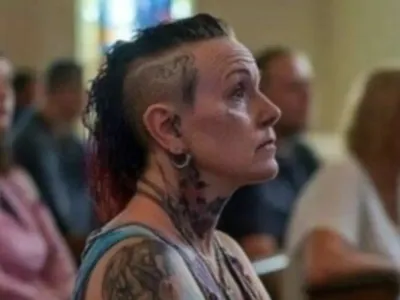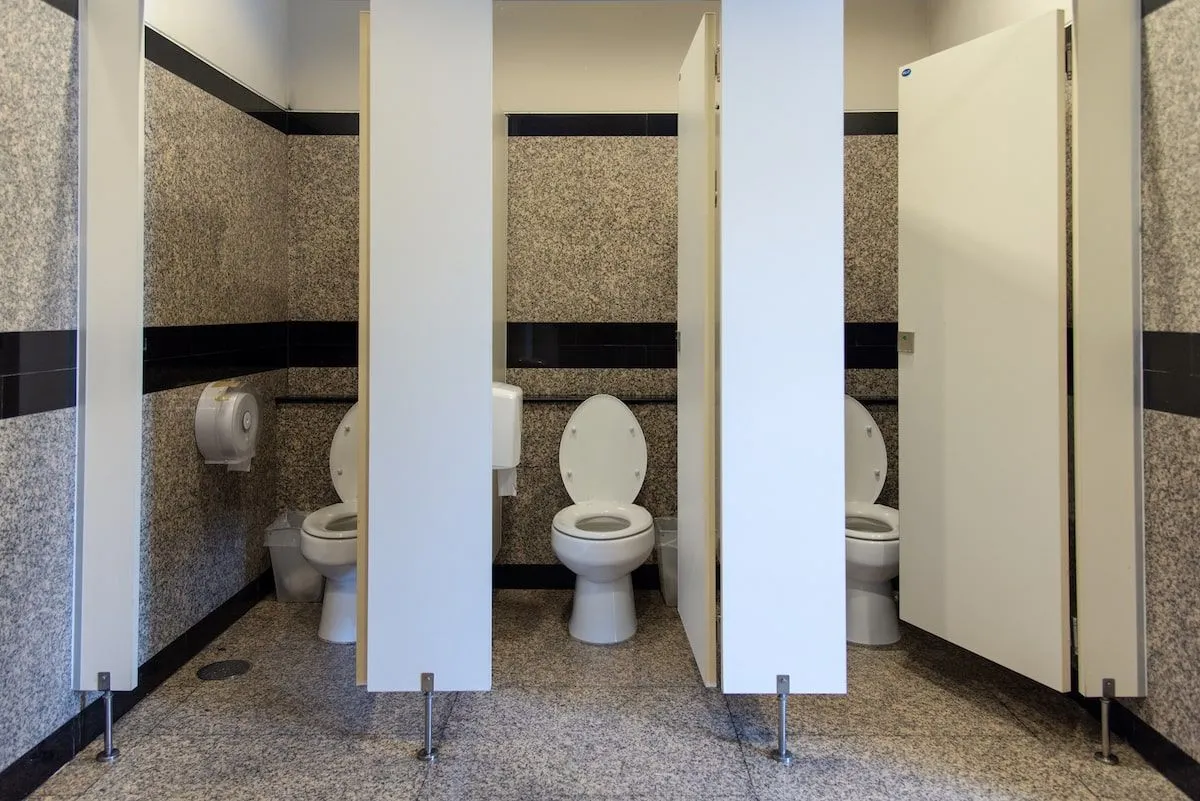I saw an adult woman with many piercings and tattoos in church, and I felt uncomfortable. Am I wrong to think there are standards?
Advertisement
Last Sunday, I had a moment of personal reflection as I walked into the church. I saw a woman in her 40s with tattoos and many piercings.
Growing up, I was taught that church was a place for respect and humility, where modest clothing showed reverence for the holy space. Her bold look challenged my beliefs about what “appropriate” church attire means.
I asked myself: are my ideas about church clothing still relevant? Should we have rules about what people wear in places of worship?
Questioning Traditional Views on Church Clothing
Seeing this woman’s unique style made me rethink my traditional views. After the service, I gently mentioned that her look seemed too bold for church and suggested a more subdued style might be better. She simply replied, “How I look has nothing to do with you.” Her response made me wonder if my discomfort came from outdated beliefs rather than any real issue with her appearance.
I realized I might be holding onto strict ideas of what “proper” church clothing is. In a time where personal expression is valued, is it fair to expect everyone to follow the same rules? As society changes, so do our ideas of individuality. Maybe it’s time to rethink what “appropriate” church attire means.
Is a Dress Code for Church Necessary?
Many of us grew up with a clear idea of church clothes: modest dresses, suits, and clothing that didn’t draw attention. These unspoken rules created unity and respect. But in recent years, the lines between what’s “acceptable” and “inappropriate” have blurred. Tattoos, piercings, and unique fashion are now normal ways to express oneself.
So, should there still be a standard for church clothing? For some, dressing modestly shows respect for the sacred space. Others believe appearance should not affect one’s ability to worship or belong. Isn’t church meant for acceptance, compassion, and unity—values that welcome everyone regardless of how they look?
Embracing Diversity in Church
Churches should be places of unity and inclusion. Focusing too much on appearance can take away from the true purpose of church: bringing people closer to God and each other. Judging someone for tattoos or piercings might stop us from connecting with them and understanding their unique story.
Everyone brings their own history to church. Tattoos, piercings, and different clothing often show someone’s journey, struggles, and life experiences. By only looking at appearances, we may miss the diverse stories that deepen our understanding of faith and life.
Balancing Tradition and Personal Style
While it is important to value personal expression, there is also a place for respect in church. For some, covering tattoos or dressing modestly is a way to honor the traditions they grew up with. This respects those who might feel uncomfortable with casual clothing or visible body art. However, it’s also important to recognize that faith is personal and unique for each person.
Finding a balance between honoring tradition and accepting personal style can create a more welcoming environment. This balance allows everyone to feel respected.
Fostering Respect in Faith Communities
The answer may be in building a culture of respect. Instead of strict dress codes, churches can promote thoughtful attire that mixes personal expression with respect for the sacred space. By encouraging understanding, churches can be more welcoming and embrace diversity while still recognizing the importance of worship.
Letting people dress in a way that feels right for them, while being aware of the space, can create a respectful and inclusive atmosphere. This approach helps churches honor tradition and modern values of individuality.
Welcoming Everyone with Open Hearts
Faith communities should focus on inclusivity. Jesus showed compassion to those judged by society and reached out to the marginalized. If we want to reflect these values, we need to look past appearances and focus on what matters most—the heart. Whether someone comes to church with tattoos, casual clothes, or their Sunday best, their sincere faith and desire for connection are what truly count.
By embracing diversity in our places of worship, we can create communities where everyone feels accepted and valued, no matter how they express themselves.


